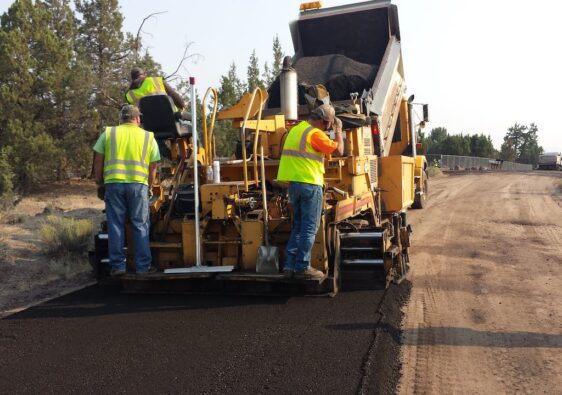Rainwater, often overlooked and underutilized, holds incredible potential for revolutionizing the way we approach sustainability in rehab centres. Rehab centres are crucial especially for those just starting towards sobriety and incorporating different approaches to achieve it is no small feat. But imagine a world where the therapeutic sound of raindrops is not just a calming backdrop but an essential part of a rehab centre’s ecosystem.
In this blog post, we’ll dive deep into the pros and cons of integrating rainwater tanks into rehab centres, exploring both the advantages and the challenges they present.
Saving More Than Just Water
One of the most significant advantages of rainwater tanks is their potential to slash water bills. By harnessing rainwater, rehab centres can substantially reduce operational costs. Plus, there are government incentives and rebates available for rainwater harvesting systems, making it an economically sound choice. Water conservation becomes more critical with each passing day. Rainwater harvesting allows rehab centres to conserve precious water resources, lightening the burden on municipal water supplies. This not only helps the environment but also reduces the carbon footprint by minimizing the need for water transportation.
Rainwater tanks also enhance the sustainability of rehab centres by reducing their dependence on external water sources. This ensures a continuous water supply, even during shortages, fostering self-sufficiency.
Challenges to Address
The high initial investment required for purchasing and installing rainwater harvesting systems can be daunting. However, with careful financial planning and research into funding options and grants, this obstacle can be mitigated.
Integrating rainwater tanks without disrupting the aesthetic of a rehab centre can be a challenge. However, innovative designs like vertical or underground tanks, can save space while maintaining the centre’s visual appeal.
Compliance with local regulations and ensuring water quality standards are met are also essential. Engaging with local authorities and the community can simplify the regulatory process. There’s also investing in filtration and purification systems and regular testing to ensure the water is safe for various uses within the rehab centre.
Beyond the Obstacles
Beyond these challenges lie unique advantages. Rainwater can be incorporated into therapeutic programs, providing a natural and calming element. Imagine residents engaging in gardening activities, using rainwater to nurture plants and connecting with the earth in a profound way. It’s not just water; it’s therapy.
Rainwater systems can also serve as powerful educational tools. They create awareness about water conservation and environmental sustainability among residents, staff, and visitors. Involving the community makes the initiative a shared endeavour, fostering a sense of belonging and responsibility.
Making Rainwater Harvesting Feasible
Detailed financial planning, including budgeting for maintenance and repairs, is crucial. Researching available funding options and grants can significantly alleviate the initial installation costs, making rainwater harvesting financially viable. Innovative designs and placement strategies can address both space and aesthetic concerns.
Vertical or underground tanks, when integrated thoughtfully, can save space and maintain the visual harmony of the rehab centre. Building partnerships with local authorities simplifies the regulatory process and engaging with the community not only garners support but also spreads awareness about the importance of rainwater harvesting. It becomes a collective effort, transforming the initiative into a community-driven project.
Conclusion
Rainwater harvesting in rehab centres is not just about collecting water; it’s about creating sustainable, eco-friendly environments. Understanding and addressing the challenges empowers rehab centres to transform obstacles into opportunities. It’s a journey toward a greener, more sustainable tomorrow, where the sound of raindrops becomes a symbol of healing and environmental consciousness. So, let’s embrace rainwater harvesting, one drop at a time, and pave the way for a brighter future.



